Digital Marketing vs. Traditional Marketing: Why the Future is Digital
In today’s rapidly evolving business landscape, marketing plays a pivotal role in connecting brands with their target audience. With the rise of technology and the internet, traditional marketing methods have faced stiff competition from digital marketing. This article explores the differences between traditional and digital marketing, highlights the advantages of each, and delves into why the future of marketing is undoubtedly digital.
What is Traditional Marketing?
Traditional marketing refers to conventional methods of advertising and promotion that have been used for decades. These include:
- Print Media: Newspapers, magazines, and brochures.
- Broadcast Media: Television and radio ads.
- Outdoor Advertising: Billboards, posters, and transit ads.
- Direct Mail: Flyers, postcards, and catalogs sent to potential customers.
These methods focus on reaching a broad audience and rely heavily on offline channels to deliver messages.
What is Digital Marketing?
Digital marketing encompasses all marketing efforts that utilize the internet or electronic devices. Key components include:
- Search Engine Optimization (SEO): Enhancing website visibility on search engines.
- Social Media Marketing: Promoting content on platforms like Facebook, Instagram, and LinkedIn.
- Email Marketing: Sending promotional messages directly to a subscriber’s inbox.
- Content Marketing: Creating and sharing valuable content to engage an audience.
- Pay-Per-Click (PPC) Advertising: Driving traffic through paid ads on search engines and social media.
Unlike traditional marketing, digital marketing allows for targeted, measurable, and real-time engagement with consumers.
Key Differences Between Traditional and Digital Marketing
1. Audience Reach
- Traditional Marketing: Focuses on a broad audience through mass media channels. It’s less targeted and often reaches people outside the intended demographic.
- Digital Marketing: Uses advanced tools to segment audiences based on demographics, interests, and behavior, ensuring precise targeting.
2. Cost Effectiveness
- Traditional Marketing: Typically requires significant investment in TV, radio, or print ads.
- Digital Marketing: Offers scalable options suitable for all budgets, including small businesses and startups.
3. Measurability
- Traditional Marketing: Difficult to track the effectiveness of campaigns. Metrics like audience reach and ROI are often based on estimates.
- Digital Marketing: Provides real-time data and analytics, enabling businesses to measure performance accurately.
4. Engagement Levels
- Traditional Marketing: Primarily one-way communication, with limited opportunities for audience interaction.
- Digital Marketing: Encourages two-way communication, fostering engagement through comments, likes, shares, and direct messages.
5. Speed and Flexibility
- Traditional Marketing: Requires significant lead time for planning, production, and distribution.
- Digital Marketing: Enables instant updates and adjustments to campaigns, ensuring agility in dynamic markets.
Advantages of Traditional Marketing
While digital marketing is gaining prominence, traditional methods still have their strengths:
- Tangible Presence: Physical ads like brochures and billboards provide a lasting impression.
- Broad Reach: Ideal for targeting audiences who may not be tech-savvy or active online.
- Trust and Credibility: Established media channels like newspapers and TV are often viewed as more trustworthy.
- Localized Impact: Effective for reaching local audiences through community events or print ads.
Advantages of Digital Marketing
Digital marketing offers unparalleled benefits that make it the future of marketing:
- Global Reach: Businesses can connect with audiences worldwide, breaking geographical boundaries.
- Cost Efficiency: Campaigns can be tailored to fit any budget, making it accessible to businesses of all sizes.
- Data-Driven Decisions: Analytics tools provide insights into customer behavior, helping optimize strategies.
- Targeted Advertising: Advanced targeting ensures messages reach the right audience at the right time.
- Real-Time Engagement: Instant feedback from customers allows for prompt responses and improved customer satisfaction.
- Scalability: Campaigns can be scaled up or down based on performance and budget.
Why the Future is Digital
1. Growing Internet Penetration
With billions of people accessing the internet daily, digital platforms have become the primary medium for communication and commerce. Businesses that fail to adapt risk losing relevance in the market.
2. Mobile Revolution
Smartphones have revolutionized how people consume content, shop, and interact with brands. Mobile-friendly digital marketing strategies are essential for engaging today’s consumers.
3. Advancements in Technology
Emerging technologies like artificial intelligence, machine learning, and automation are transforming digital marketing. These innovations enable hyper-personalized campaigns and predictive analytics.
4. Changing Consumer Behavior
Modern consumers rely on online reviews, social media, and search engines to make purchasing decisions. Digital marketing ensures brands remain visible and relevant in this decision-making process.
5. Environmental Sustainability
Digital marketing is eco-friendly compared to traditional methods, as it reduces paper waste and energy consumption associated with print and broadcast media.
How to Transition to Digital Marketing
For businesses looking to shift from traditional to digital marketing, here are some steps to get started:
- Evaluate Your Current Strategy: Identify strengths and weaknesses in your existing marketing approach.
- Set Clear Goals: Define what you want to achieve with digital marketing, such as increased website traffic, lead generation, or brand awareness.
- Invest in Training: Equip your team with the necessary skills and knowledge to execute digital campaigns effectively.
- Leverage Expert Services: Partner with digital marketing agencies like Jena Digital Solutions for professional guidance and support.
- Start Small: Begin with a few digital campaigns, analyze results, and scale efforts gradually.
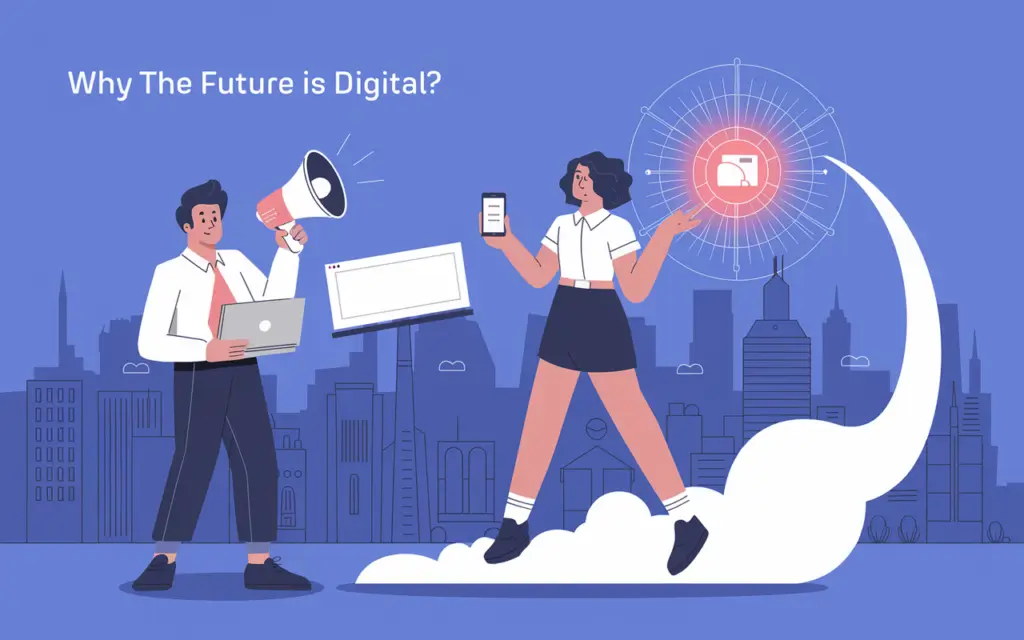
Conclusion
While traditional marketing has its merits, the future undeniably belongs to digital marketing. Its ability to reach targeted audiences, provide measurable results, and adapt to technological advancements makes it an indispensable tool for businesses. By embracing digital marketing, businesses can not only stay competitive but also unlock new opportunities for growth and success.
At Jena Digital Solutions, we specialize in helping businesses navigate the digital landscape. Whether you’re just starting your digital journey or looking to enhance your existing efforts, our team is here to guide you every step of the way.
Ready to embrace the future of marketing? Contact us today and let’s make your digital dreams a reality!
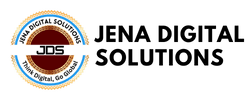
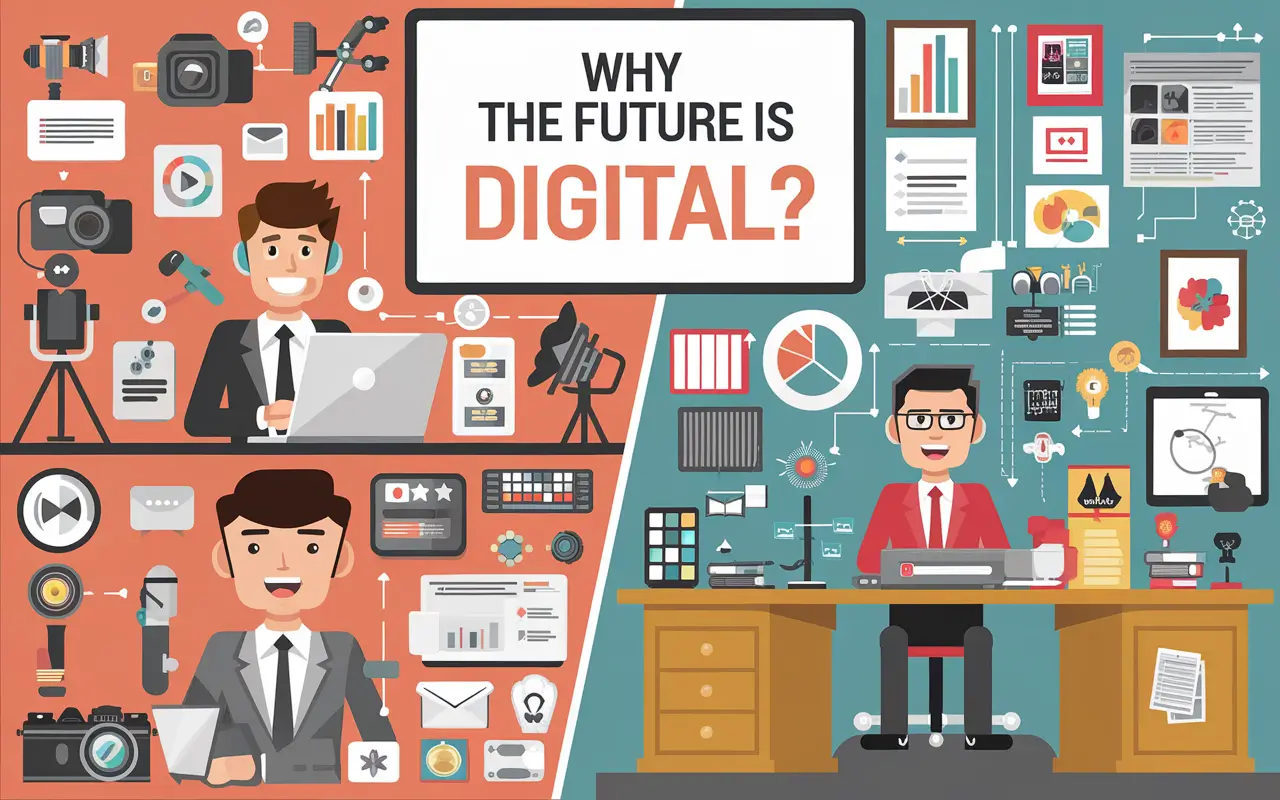
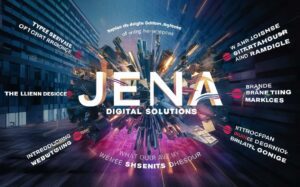

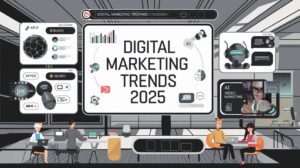
Thank you for this insightful post! I really appreciate the way you’ve presented the information—it’s both engaging and easy to understand. Looking forward to exploring more of your work.
Thank You so much @Aftab
It’s insightful to see how digital marketing offers cost-effective and measurable ways to reach target audiences, especially for small businesses aiming to enhance their online presence, as strategies like SEO, social media marketing, and content creation provide opportunities to compete with larger corporations, and integrating these approaches can lead to improved visibility, engagement, and sustainable growth in today’s competitive digital landscape.